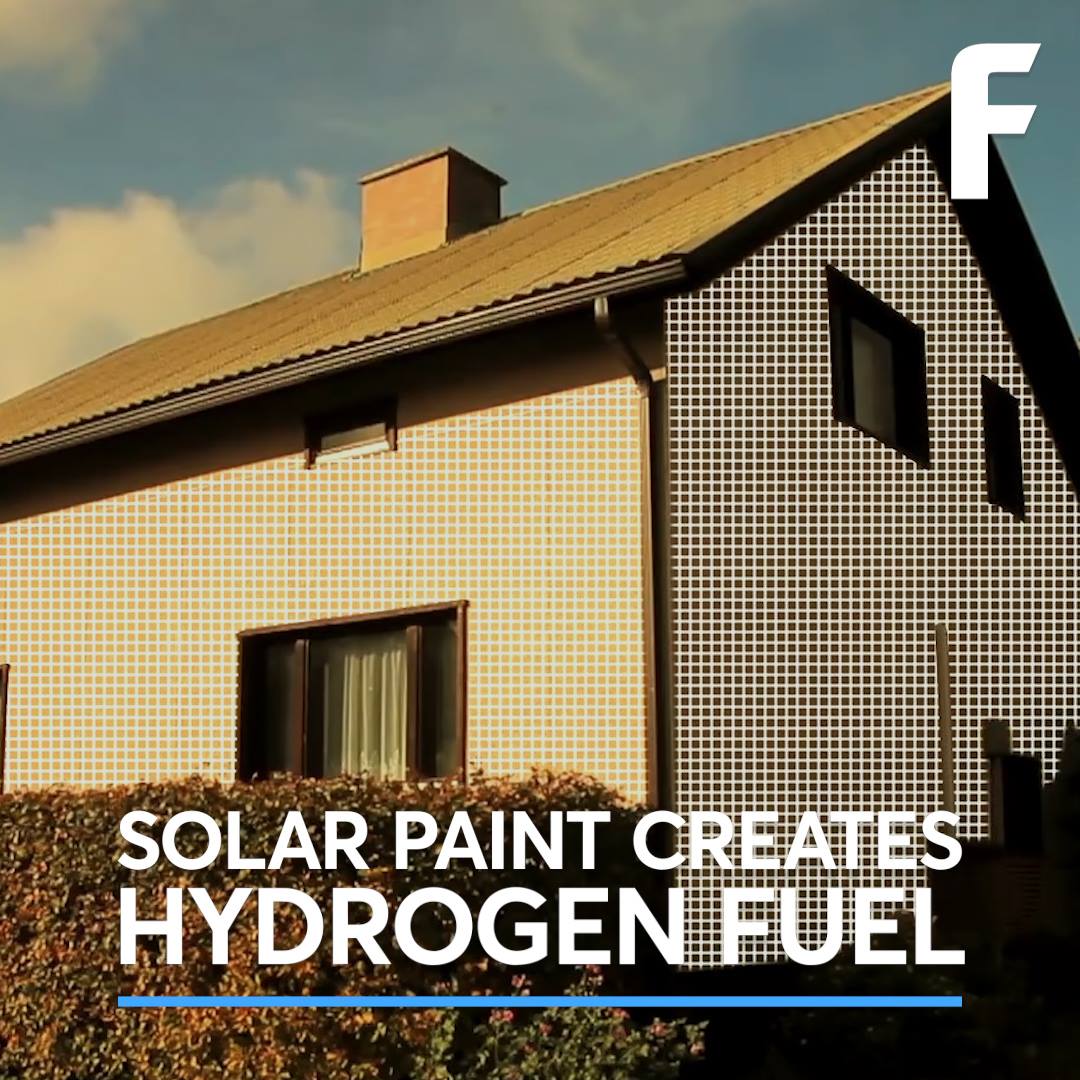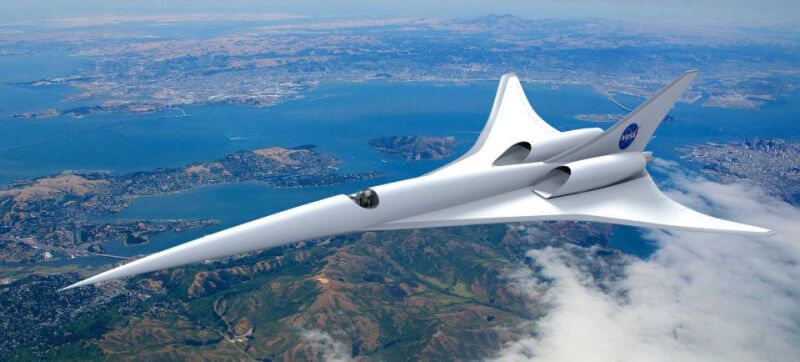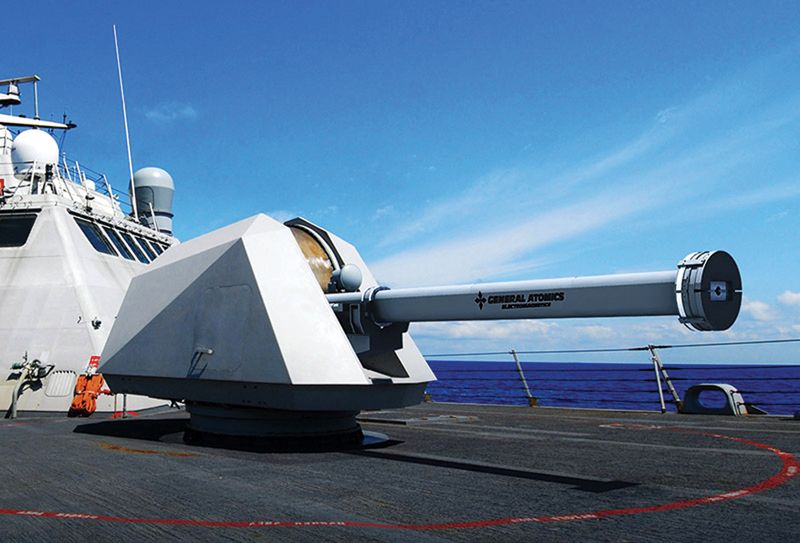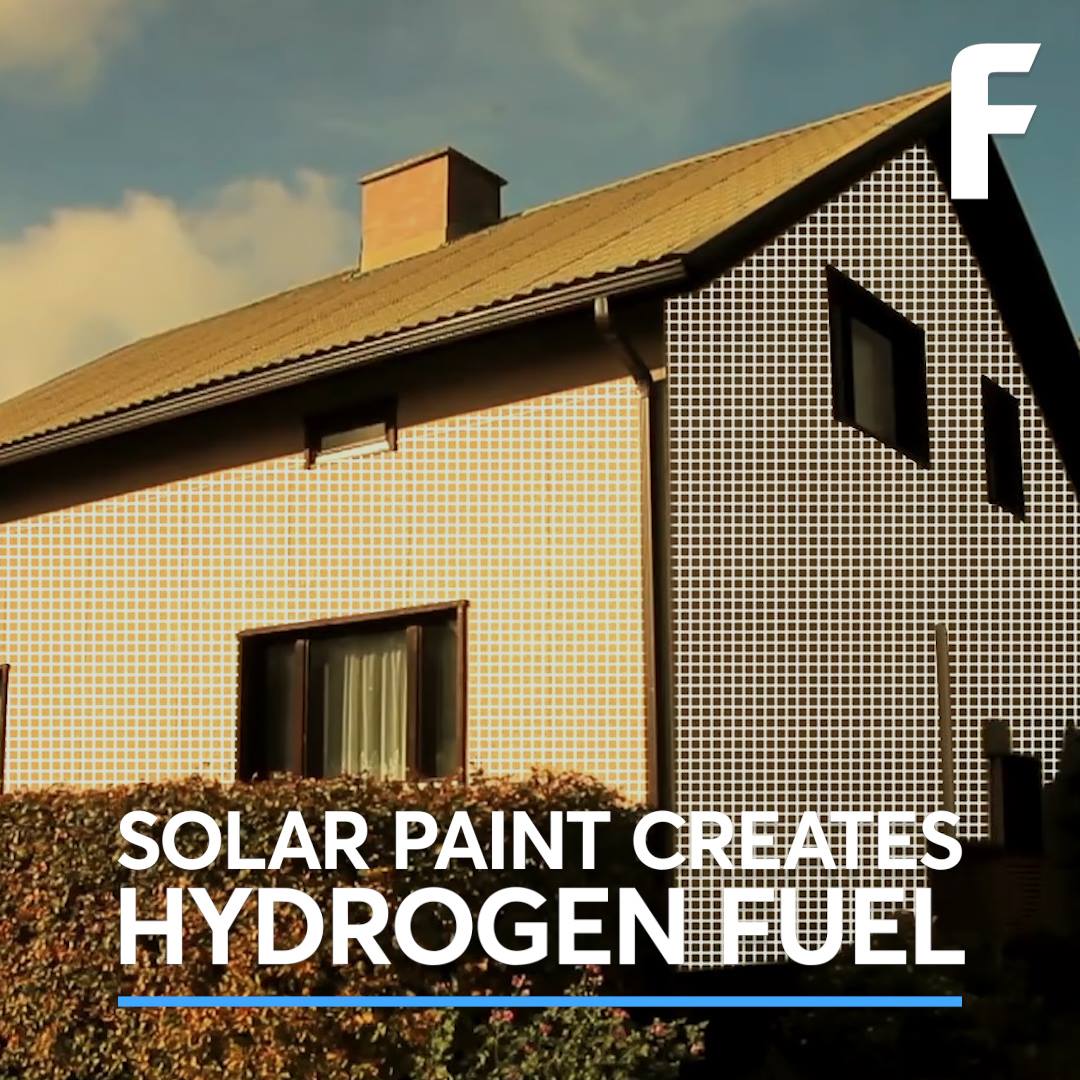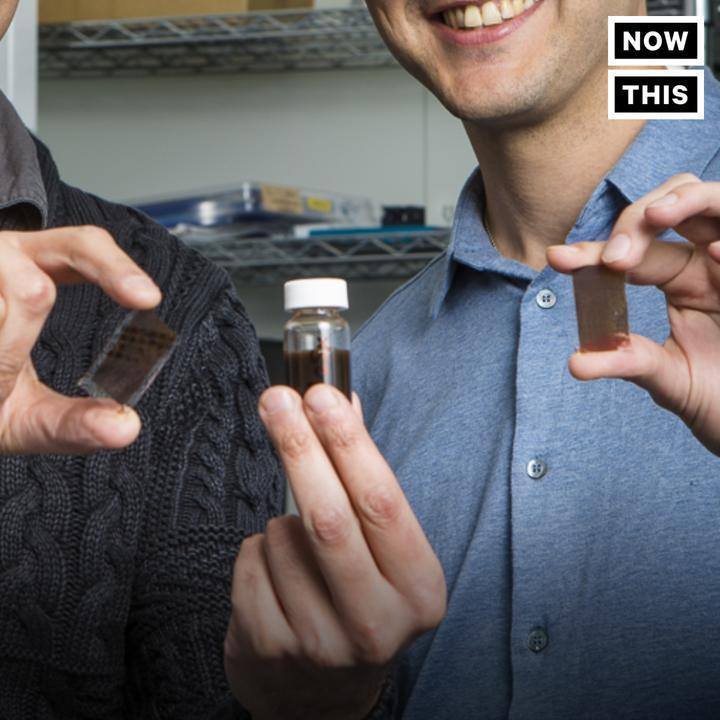Aug 3, 2017
The US Navy’s Railgun Breakthrough Could Change Energy Storage
Posted by John Gallagher in categories: energy, finance, military
New capacitors offer big power storage and transmission in a mini-package, with benefits beyond electro-cannons.
The U.S. Navy’s shipboard railgun is moving from the lab to the testing range, a big step for a weapon designed to fire massive bullets at hypersonic speeds. But a separate breakthrough in electrical pulse generation — capacitors that provide a bigger jolt in a smaller package — that may reshape the future of naval power.
The railgun’s electromagnets are designed to accelerate a Hyper Velocity Projectile from zero to some 8,600 kmph, about Mach 7. That velocity requires a lot of power. In early testing, the Office of Naval Research had relied on banks of commercial capacitors to pulse electricity to the gun. But they were “not suitable for integration aboard a ship” — too large to fit aboard Zumwalt-class destroyers, as Thomas Beutner, head of ONR’s Naval Air Warfare and Weapons Department, explained during a July event in Washington.
Continue reading “The US Navy’s Railgun Breakthrough Could Change Energy Storage” »



